1960s brutalist house and art studio in Crestet, south-east France
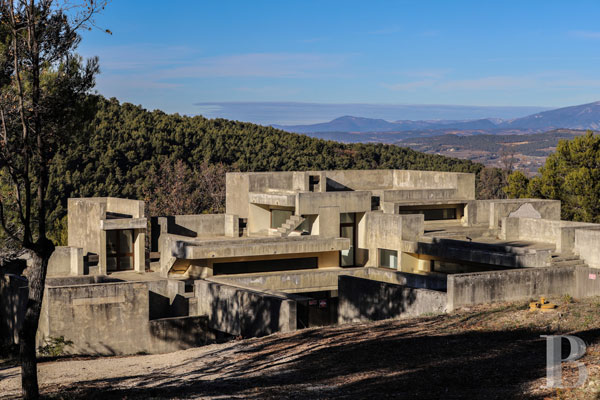
This is as dramatic as architecture gets. And this 1960s brutalist house and art studio in Crestet, south-east France could be yours.
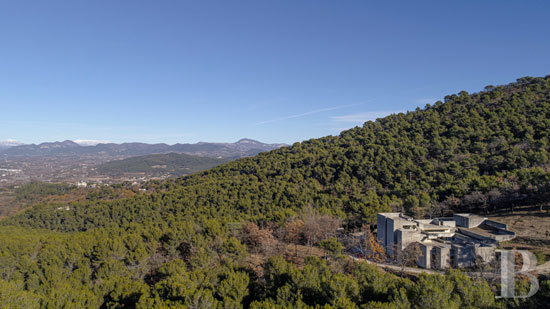
Dramatic in terms of the location and the style of architecture, which probably falls under the label of brutalism. At the very least, as a bold example of modernism of the era. And it was all done by a single family.
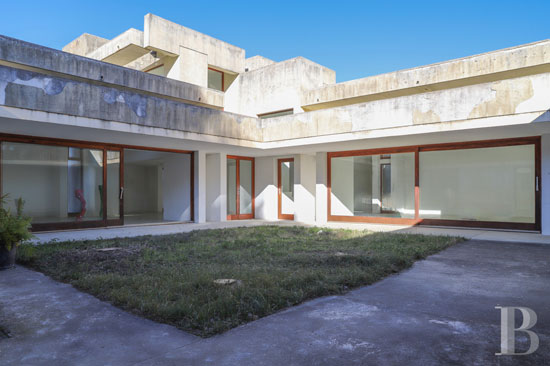
In fact, this is described by the agent as ‘an artistic, family adventure’.
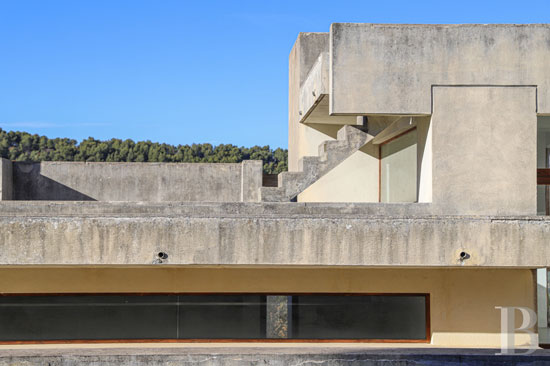
Claude and François Stahly were a weaver and sculptor respectively, with their children Bruno and Florence both being architects. Faced with a ‘surge’ of commissions, the Stahly couple asked their children to build them an art studio in a natural setting. But it wasn’t quite that simple.
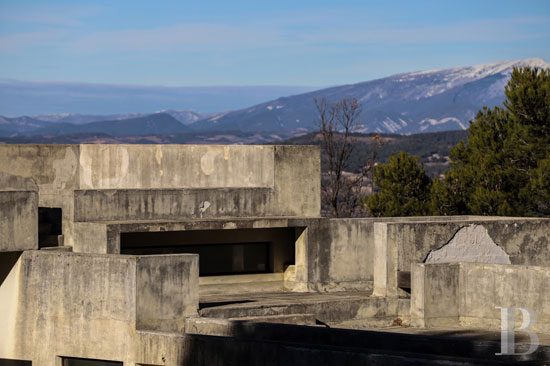
The construction had to be able to house ‘monumental sculptures’ as well as communal art studios. So it had to be a substantial building made up of a variety of different volumes. They also had to find the right location.
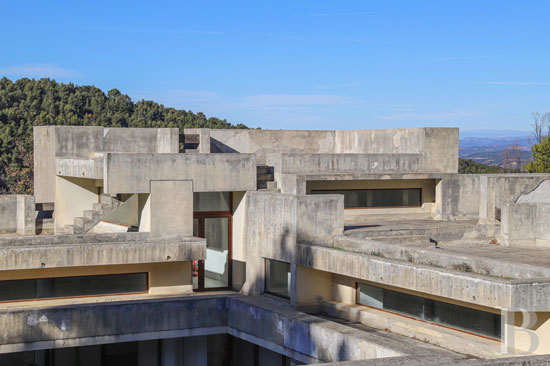
The latter was found in Crestet Forest, with the resulting house described as being ‘like a monastery in the midst of a desert’. Although architecturally, it was nothing like the monastery you might picture in your head. It was, at the time, at the cutting edge of architecture and even today, this is a site that still turns heads.
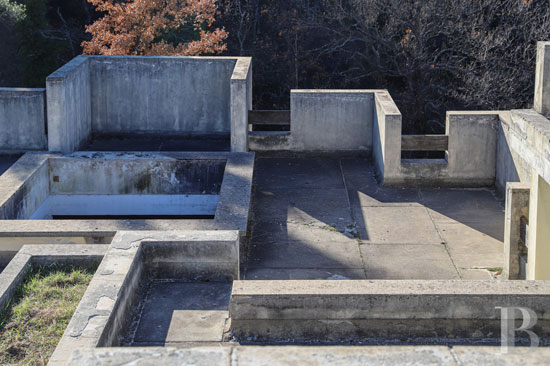
Brutalism and the ideas of Le Corbusier underpin the architecture here. Severe in its outline and with concrete being the dominating material. Yes, things are a little softer inside. But this is as brutal as architecture gets.

It’s a construction that really draws you in as well, Just a glimpse of the outside fascinated me. The different volumes that make this one up, the windows at all levels, the concert steps and the terraces. It’s almost like a modern-day castle. The setting too is something else.
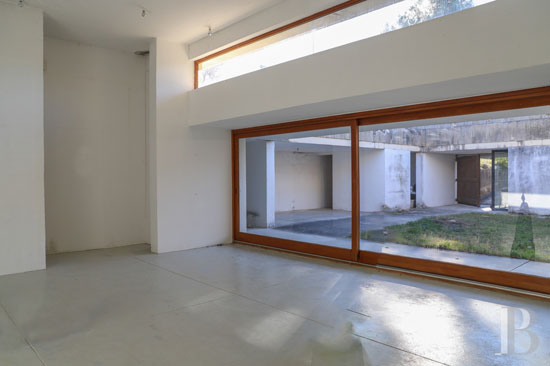
Several buildings made up the finished project, with the aim of attracting a number of artists to the complex. All have been listed as French Historic Monuments since 1988. Yes, this isn’t one home, it’s pretty much an artistic development and one that is looking for a new home and purpose, as long as you can work with the existing structure. And all for less than many small and medium-sized UK houses I have featured of late.
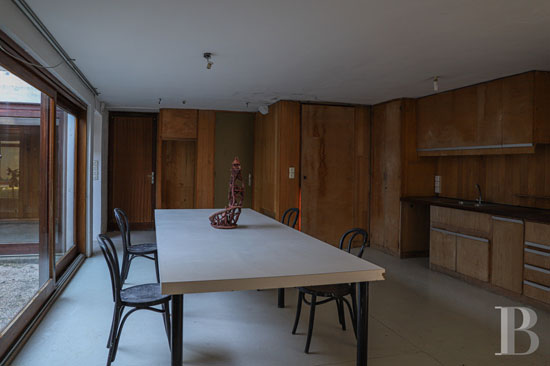
Les Hauts du Crestet is the main art studio-home, with Les Citernes built to accommodate artists, including a section composed of ‘basic’ dwellings and an art studio, both designed by Bruno Stahly.
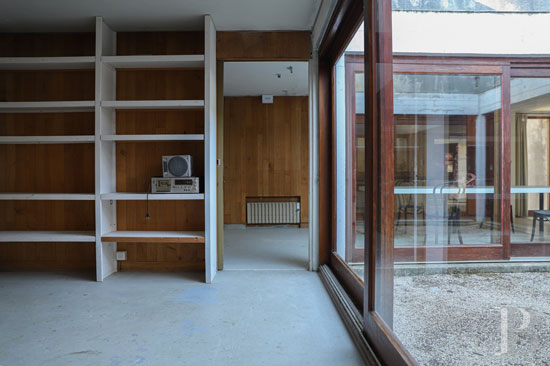
‘Le Moulin’ and an annexe building belonging to Florence Stahly (which isn’t included in the sale) completed the project on the eastern side of the site.
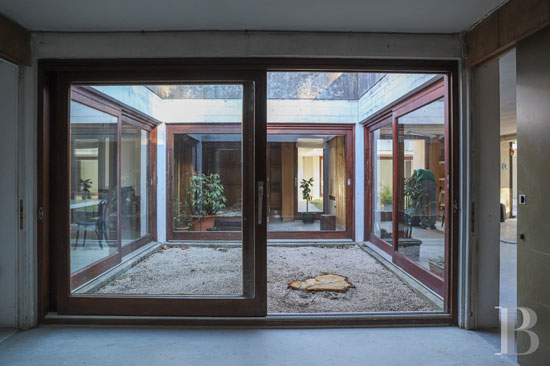
Les Hauts du Crestet is made up of buildings of various heights that are set around a courtyard and with a view over the valley and Crestet castle. There are also two patios, one main one for the art studios and a second, smaller one for the home. According to the agent, the layout, composed from the top of the building, gives an ‘introverted construction’, turning ‘literally in on itself’.
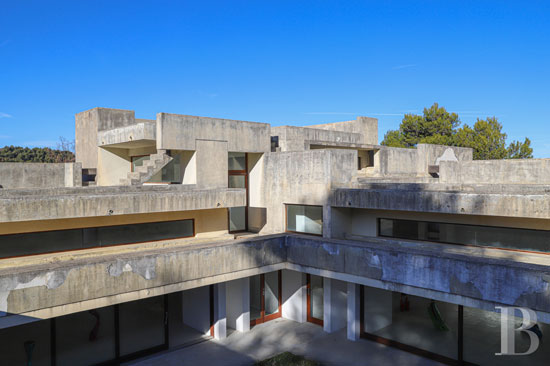
Terraces are designed as a pathway leading to the stairway tower, providing access to the three levels, with each level linked by flights of steps. In this part of the building, you will also find an independent studio flat, with its enclosed patio and on the north side. Under the highest platform, the terrace is extended by an interior mezzanine, looking down onto the art studio intended for Claude Stahly’s hangings.
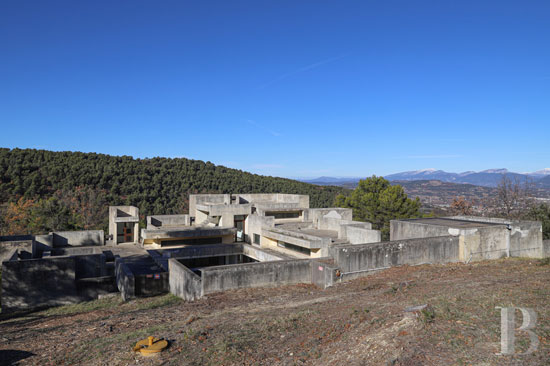
A garden level reached either from the terrace or via an access ramp houses the main areas of the art studio home around two patios. All the rooms were originally designed to intercommunicate with one another and the proportions of the rooms are based around the modulor system developed by Le Corbusier. So much open space and plenty of natural light from the full-height glazing/doors too, which open onto the patio. This will transfer effortlessly to modern living.
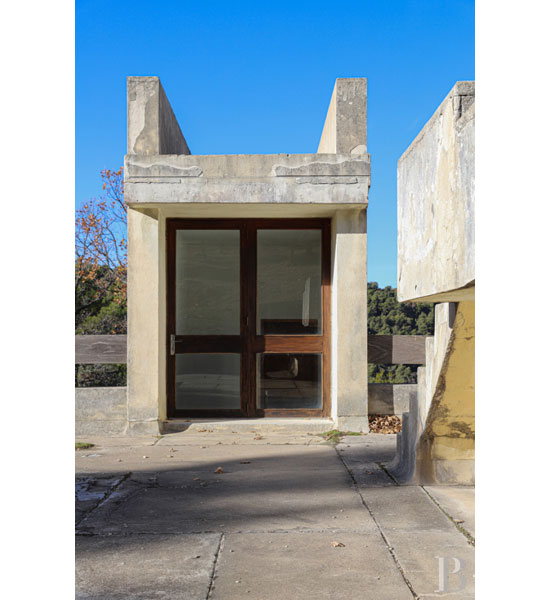
Around the main patio are a dining room, the art studios and the storage areas. High ceilings in this part of the house too, with further views of the landscape ‘framed’ by narrow, vertical openings. The living rooms are laid out around a second patio, designed to resemble an atrium. The home currently includes a kitchen, two studies, a shower room and a bedroom. A ‘base’ level below offers a garage and storage areas.
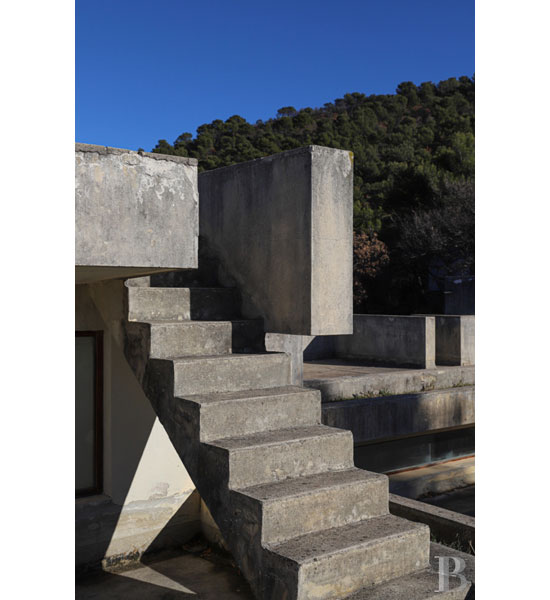
Want more? There is more. The art studio-home known as Les Citernes is set on the heights of the plot, on the edge of the access road. The building is currently said to be in ‘a very poor state of repair.’ It housed several basic dwellings to accommodate artists who also had an art studio with an upstairs terrace and as such, offers bags of potential.
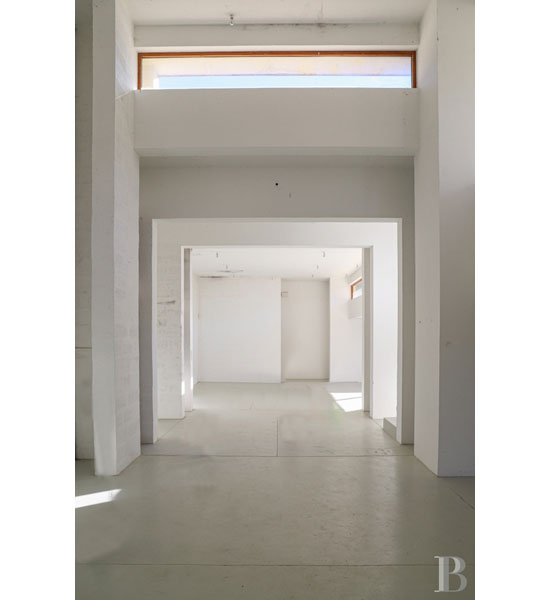
Finally, a pine and oak tree forest surrounds the property and hides a final secret. A little open-air theatre, made of dressed stone, which adjoins the northeast facade. Note that it is in a ‘fire-risk area’ and as such, the plot is now partially cleared of trees to ensure the safety of the buildings.
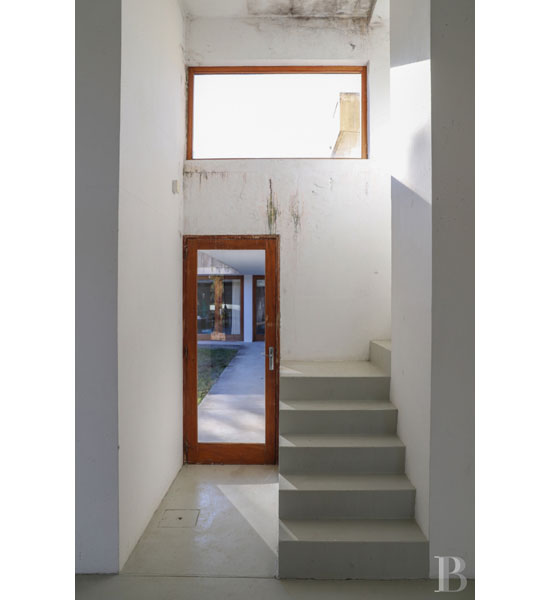
As I said, something very different and with so much potential. Buildings like this don’t come up for sale often, But brutalism isn’t for everyone and although much of the interior looks to be in wonderful condition from the images (you will need to view yourself to confirm that though), I suspect investment will be required to bring this one back to its best and to repurpose it for the 21st century,
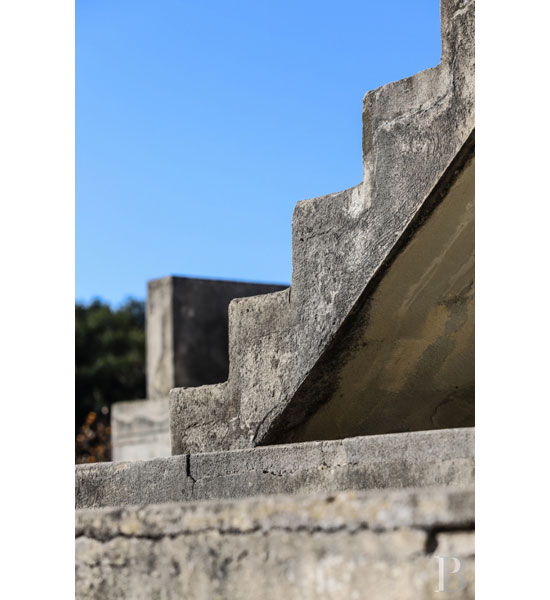
Saying that this amazing construction is for sale for perhaps less than you might think. On the market with Patrice Besse, this is available for something in the region of €790,000, which works out at around £657,000.
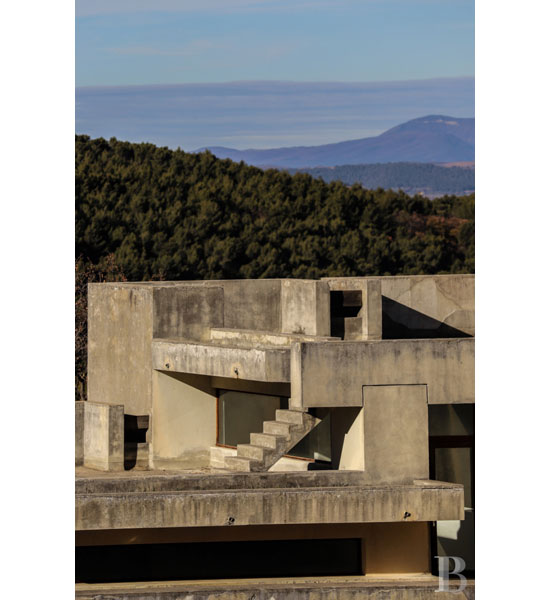
Now no one is pretending that it’s a small amount of money. But when you consider the price of modern houses in the UK right now, this 1960s brutalist house and art studio look like something of a bargain. Just as long as you have a strong contingency for any work required.
Images and details courtesy of Patrice Besse. For more details and to make an enquiry, please visit the website.
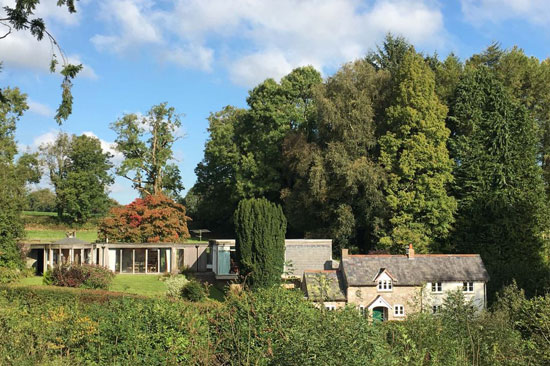
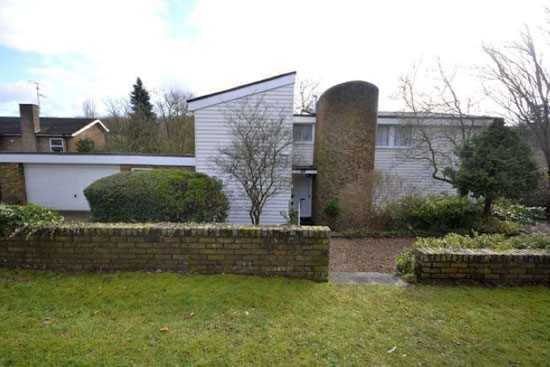
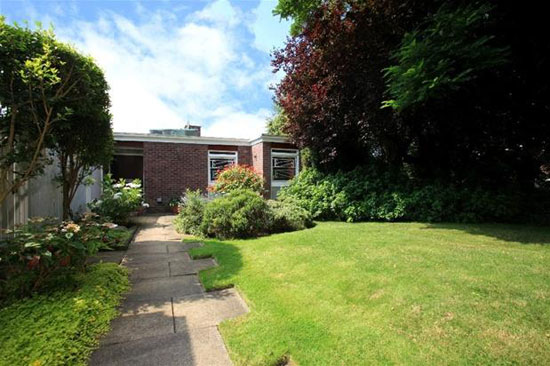
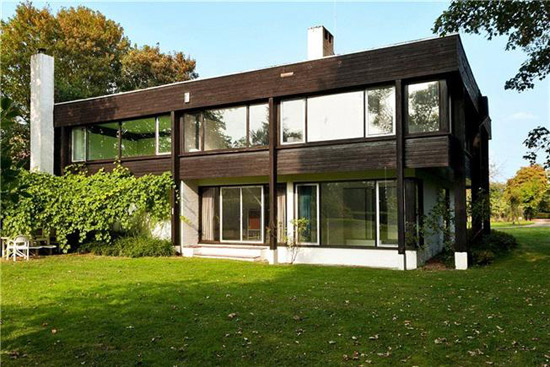


Jo on 25 March, 2022 5:53 am
La maison brutale est magnifique
Sadly the link to the agents website does not provide a floorplan 🙁